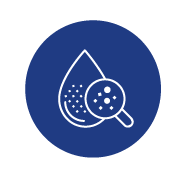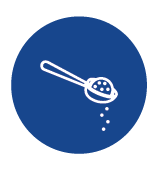
Transformation of trout farming by RAS
It is crucial to have an understanding of the fundamental requirements of recirculating aquaculture system (RAS) in order to best support operations and optimal function.
What should you consider when choosing a specialized recirculating aquaculture system (RAS) feed?

Digestibility
RAS feed is characterized by high digestibility, which leads to high protein retention. It also minimizes fecal matter, which reduces ammonia excretions, meaning that the filters can work more efficiently. A true RAS feed can make a big difference in the water quality and productivity of a farm.

Nutrients
RAS feed must be not only easily digestible but also palatable for the fish, and the choice of raw materials is crucial to achieving this goal. Alltech Coppens tests for both digestion and taste on all ingredients in the Alltech Coppens Aqua Centre.

Maximizing output
The profitability of RAS aquaculture depends on the productivity of the system (kg/m3/year). RAS, therefore, requires a relatively high stocking density and a high growth rate.
“It is essential to have excellent day-to-day stock control and adequate feed rates. In general, a feed rate near satiation works best for most species, as it allows high performance without the risk of overfeeding. One should bear in mind that even small amounts of uneaten feed, usually of a high nutrient density, will pollute the water and lower the water quality. Only if optimal water quality is maintained can the fish and the system perform well.” - Gijs Rutjes | Technical Sales Support Manager
